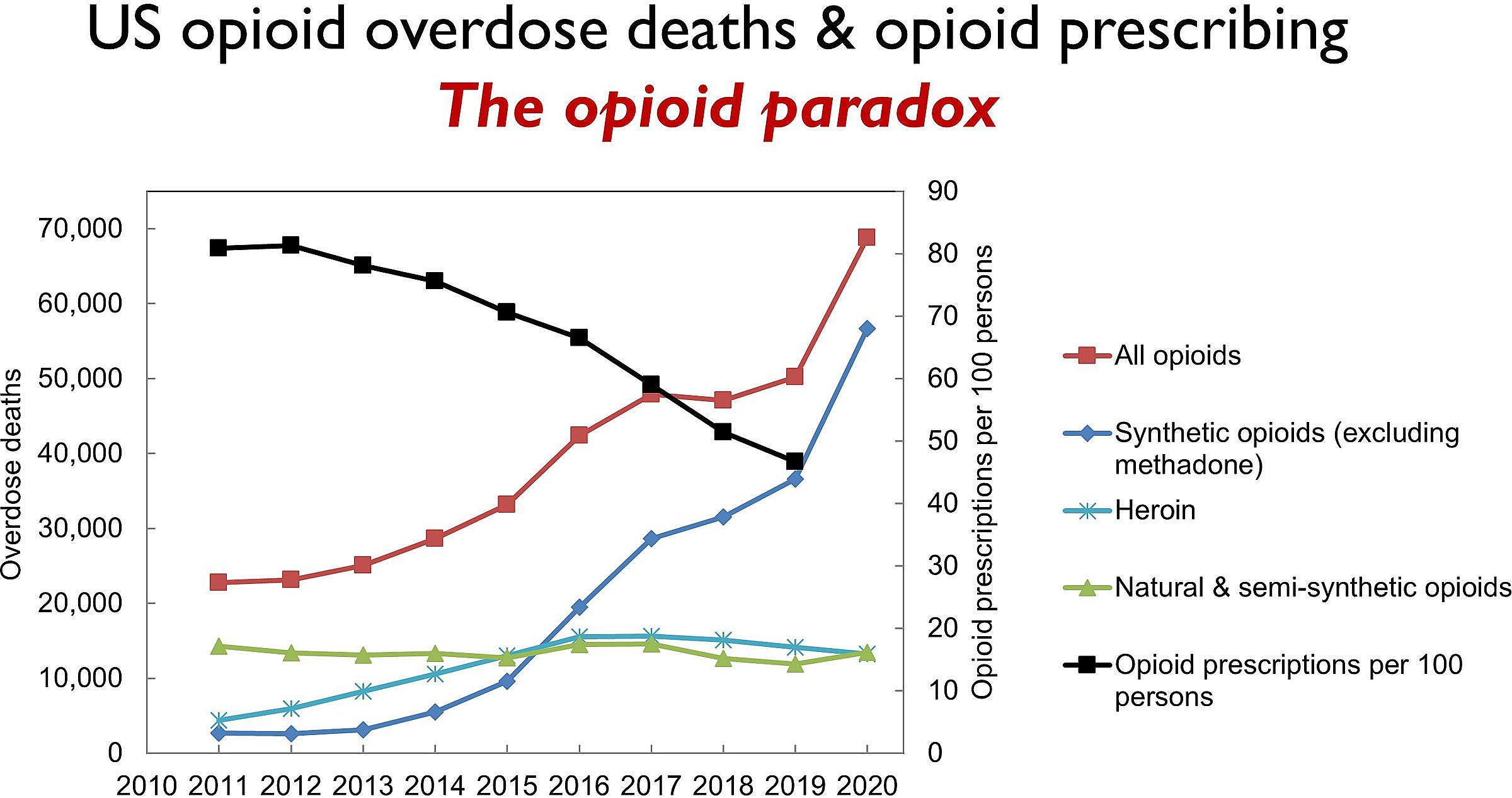FDA Approves Pain Reliever for Cats Considered Too Risky for Humans
/By Pat Anson, PNN Editor
The U.S. Food and Drug Administration has approved a new medication to treat osteoarthritis pain in cats, the first monoclonal antibody drug approved by the FDA for use in any animal. The same type of drug has been rejected for use in humans because of safety risks.
Solensia (frunevetmab) is an injectable monoclonal antibody made by Zoetis that targets nerve growth factor (NGF), a protein that increases in animals and humans due to injury, inflammation or pain. Solensia is designed to bind to NGF and inhibit pain signals from reaching the brain.
Osteoarthritis (OA) is a progressive joint disorder that leads to thinning of cartilage and joint damage. Feline OA is a common condition in older cats, but treatment options for them are limited, as they are for humans.
“Advancements in modern veterinary medicine have been instrumental in extending the lives of many animals, including cats. But with longer lives come chronic diseases, such as osteoarthritis," said Steven Solomon, DVM, director of the FDA's Center for Veterinary Medicine.
"Today's approval marks the first treatment option to help provide relief to cats that are suffering from this condition and may significantly improve their quality of life. We also hope that today's approval of the first monoclonal antibody by the FDA for any animal species will expand research and development of other monoclonal antibody products to treat animal diseases."
Safety Issues with NGF Inhibitors
Last year the FDA refused to approve tanezumab, a monoclonal antibody and NGF inhibitor, as a treatment for OA in humans after two of its advisory panels said the drug caused OA joint damage to accelerate. Rapidly progressing osteoarthritis (RPOA) was so severe that some patients in clinical trials had to stop taking the drug and needed total joint replacements.
The side effects of NGF inhibitors have been known for over a decade. The FDA slowed the development of NGF inhibitors in 2010 because of concerns they make osteoarthritis worse in some patients. But under pressure to approve more non-opioid pain relievers, the FDA allowed clinical studies of tanezumab to resume in 2015.
Eli Lilly and Pfizer invested heavily in tanezumab research, but ended their joint development of the drug in 2021 after the FDA and European Medicines Agency said they would not approve tanezumab for humans because of safety concerns.
In a press release announcing the approval of Solensia for cats, the FDA makes no mention of RPOA in its list of side effects, which includes vomiting, diarrhea, injection site pain, scabbing, dermatitis and itchy skin. The release said side effects were mild and did not require ending treatment during observational animal studies.
In the FDA’s more detailed Freedom of Information Summary for Solensia, the agency said “RPOA has not been characterized or reported in cats,” but has this stark warning for humans who administer the drug:
“Women who are pregnant, may become pregnant, or are breastfeeding should take extreme caution to avoid accidental self-injection of Solensia. It is well-established that NGF is important in the normal development of the fetal nervous system, and laboratory studies in nonhuman primates have shown that human anti-NGF mAbs can cause reproductive and developmental toxicity. Fetal abnormalities, increased rate of stillbirths, and increased postpartum fetal mortality were noted in rodents and nonhuman primates receiving anti-NGF mAbs.”
Solensia is not recommended for pregnant or lactating cats. It will only be available by prescription from a licensed veterinarian who administers the injection monthly.
“The approval of Solensia is a significant step forward in the control of feline OA pain. Cat owners and veterinarians alike can feel confident that Solensia, with active substance frunevetmab, a monoclonal antibody (mAb) designed specifically for felines, has been studied and demonstrated to control OA pain and help cats get back to moving more freely again,” Mike McFarland, DVM, Chief Medical Officer for Zoetis, said in a statement.
The use of Solensia in cats was approved by the European Medicines Agency last year. The drug is expected to be available to U.S. veterinarians in the second half of 2022.






